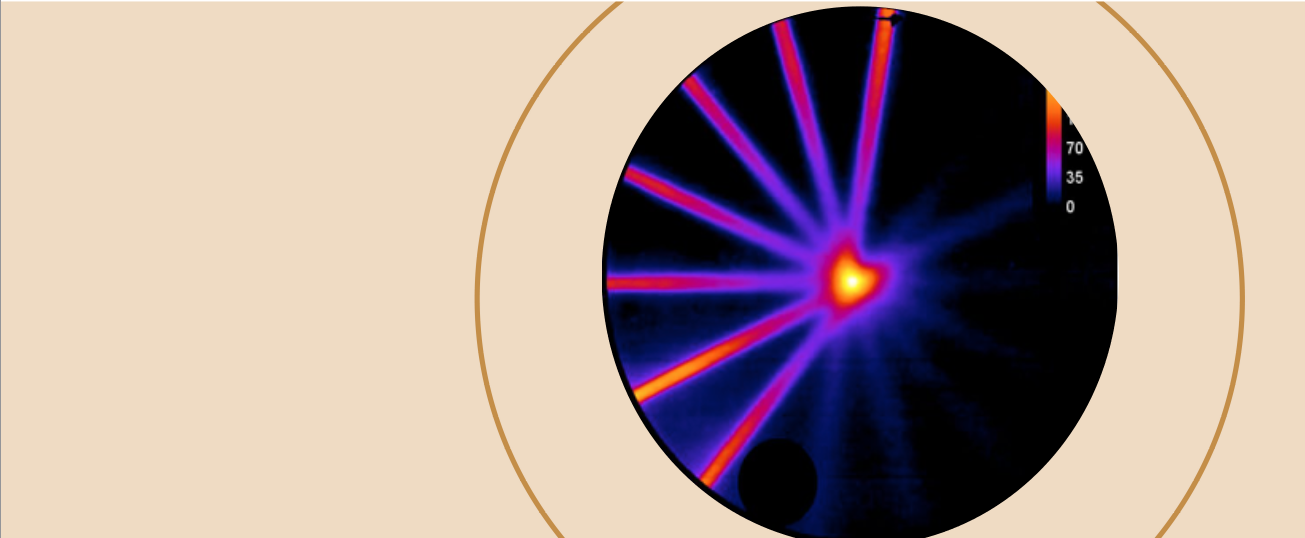From models to clinics: a new approach to advanced radiotherapy
This spoke aims at a comprehensive translational (from bench to bedside) approach to advanced radiotherapy, from the models to the clinics, including the most advanced tools and methods based on ionizing radiation known to date, from innovative external beam generators to radiotracers and radiopharmaceuticals (available at CNR and UNIPI), for a step change in diagnostics and therapy of tumors. CPFR center at UNIPI/AOUP, equipped with a world-unique electron Linac, will perform fundamental studies to understand the radiobiological mechanism underlying Flash effect and pre-clinical studies finalized to realize the first clinical trials on skin cancer with low energy (<10 MeV).
CNR-INO, National Institute of Optics, Pisa, equipped with a novel Laser-Linac accelerator delivering a Very High Energy Electron beam with energy (>100 MeV) will focus on preclinical investigation of VHEE beams, also in collaboration with CNR-IFC and CNR-ITB. Theoretical modelling of the effect of ionizing radiation from atomic and molecular level up to cells and tissues will be carried out at CNR-NANO, exploiting a multi-scale approach synergistically combining Monte Carlo and molecular dynamics simulations and low-resolution to reach the macroscopic scales in silico, serving as a quantitative bridge between the physical parameters of the radiation and the radiobiological effects measured in vitro and in vivo.
A platform for in vitro and in vivo studies of fundamental radiobiological effects of ionizing radiation will be established based on the long-standing expertise in the study and characterization of different aspects of rodent physiology and pathology (present at CNR-IN, CNR Institute of Neuroscience and CNR-IFC, CNR Institute of Clinical Physiology) to investigate how FLASH radiotherapy affects brain function, mitochondrial function, and cardiovascular system. Studies will include assessment of the risk associated with the treatment to evaluate the efficacy of the treatment and manage the dose optimization.
UNIPI researchers will also contribute to novel dosimetry, radiobiology (employing high resolution in vitro microscopy, PET/CT imaging on small animal models, in vivo Cherenkov imaging), preclinical studies in combination with other oncological approaches (chemo, immunotherapy, and targeted therapy), realization of the first clinical protocols of FLASH RT (for skin cancers, using low energy electrons). The project will include advanced data analysis of the high-resolution microscopy images acquired in vitro, aided by the implementation of dedicated AI-based algorithms.

In the path towards clinical implementation of the FLASH radiotherapy, preclinical investigation will also be addressed using radiotracers and radiopharmaceuticals and translated to improve clinical accuracy of imaging tools for diagnosis and follow up of tumor patients. A key objective of the CNR is to integrate the preclinical development of new chemical entities with the industrial production of new radiopharmaceuticals, favouring new paths to promote clinical studies, now limited to one radiotracer (i.e., 18F-Fluoro-deoxiglucose, FDG), in combination with innovative therapeutic approaches. This will be realized with the development of radiopharmaceuticals alternative to FDG and theranostic agents to conduct innovative experimental studies with a specific focus on oncological and metabolic research.
The radiopharmaceutical unit (supported by a cyclotron unique in Italy), will develop and produce new oncologic radiopharmaceuticals that will be assessed in the preclinical and clinical models. Radiopharmaceuticals for oncological diagnostics will be available to the THE for both clinical and experimental (clinical and preclinical protocols). The clinical radiopharmaceuticals will be produced in the “Officina Farmaceutica” (OF), authorized by AIFA to produce radiopharmaceuticals according to GMP, while preclinical radiotracers and theranostics will be developed by the Radiochemistry Laboratory, both operating at CNR-IFC. Radiolabelled carriers will be also investigated in this project to study hypoxia, one of the key aspects of tumors and is also being considered one of the mechanisms at the origin of the FLASH effect.
The metalloenzyme Carbonic Anhydrase IX (CA IX) developed within the UNIFI research group by means of drug design approaches applied to the obtainment of CA IX/XII selective inhibitors is a freshly validated target for the treatment of human hypoxic tumors since it acts as a pro-survival factor functionally involved in control of cell adhesion/migration and pH regulation. Specifically this proposal makes use of the scientific and technological know-how reached over the years in the field to obtain valuable drug conjugates based on highly selective small molecule CA IX ligands properly functionalized with emitting radionuclides and therefore highly recommended in the management/imaging of highly aggressive hypoxic tumors, paving the way to the development of theranostics and new selective probes for nuclear imaging, that will be validated in a predictive experimental animal model at CNR-IFC.
Work Packages
The Spoke 1 – “Advanced radiotherapies and diagnostics in oncology” is structured in eight sub-projects, called “Work Packages” (WPs), each of them having:
- one WP leader
- one WP co-leader
- Partecipants

